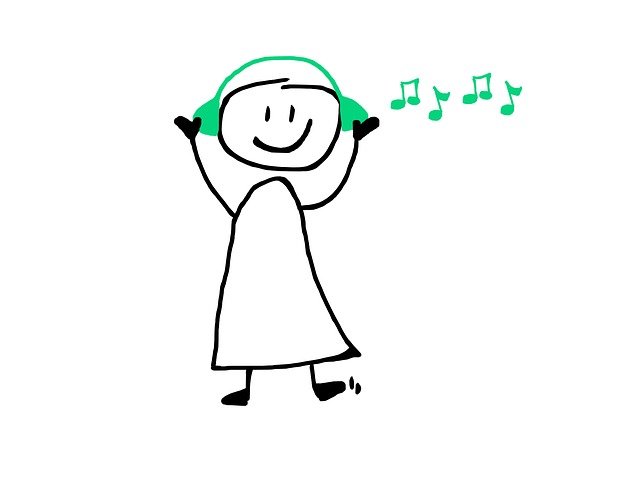Do you want to improve your students’ rhythm skills?
Whether you’re a music teacher, instrumental or vocal teacher, Kodály musicianship teacher or a class teacher your students can benefit from this quick and easy rhythm game.
If you want to know what the game is, and also why and when to do it, then this blog post is for you.
Rhythm Echoes
Do you regularly echo clap rhythms with your students? I do, almost every week. Even if rhythm isn’t the focus of the lesson or module, we’re constantly practising known rhythms and preparing new ones. It takes no time at all and the more frequently you do it, the less time it will take as the game becomes more familiar.

What are rhythm echoes?
It’s something every primary teacher knows well. Up and down the country, and probably across the globe, primary teachers will grab the attention of the class by clapping a rhythm. Some of the class will clap it as an echo, and the rest of the class get a clear signal that the teacher wants quiet and attention. Some teachers use the same pattern each time. Some mix it up. Some are simple. Some are complex or syncopated.
For our activity we’re going to keep the phrases short and simple. Just four beats. It’s important to keep the length of the phrase the same every time so that your students feel the reassurance and confidence that comes with familiarity. If you do use a longer phrase later in their journey then you’ll need to have established it as a new rule and ideally have a gesture to indicate. But for now, short and simple.
Why is it useful in a music lesson?
In a music, musicianship or instrumental lessons it’s so much more than a fun game or an attention grabber. Our students need regular repetition of the rhythms they are learning. Not just by reading, but by doing, physically.
This is such a fast and effective way to do it. We can fit it into any lesson in one minute, and when done frequently it needs no introduction.
Plus it touches so many of the Kodály Approach features
- Aural
- Kinaesthetic
- Imitation
- Unconscious learning
- Preparation
- Practice

When should we do it?
Before, during and after introducing a new rhythm – and every lesson from then on! Ok, sure, I might switch it out for some solfa echoes but at least one or the other will likely make an appearance every week.
Before learning a new rhythm
Before a new rhythm is introduced we can start to include the new rhythm without fuss. Remember those primary class teachers? They’re not limiting themselves to known rhythms. The children are just copying aurally, just like they copy sounds when they’re learning to speak or singing a new song. We’re learning unconsciously.
During the learning of a new rhythm
Don’t stop just because you’re beginning to learn about the rhythm. This aural, physical and repetitive practise can continue to provide unconscious learning, even while you’re in the discovery stages of the new rhythm. Sure, some of your students may start noticing the new rhythm is featuring in your echoes but that’s a fantastic bonus!! If they do notice, make sure to acknowledge that!! Don’t forget, one of your learning objectives could be “IS our new rhythm in this phrase?“

Gradually you’ll take the rhythm from the unknown to the known and then….
After learning a new rhythm
After you’ve presented your new rhythm you’ll be doing more advanced practice activities in your more focussed segments of your lesson. Remember though, that not all learning is done when your brain is working hard. You can work hard when you’re sight reading, completing rhythm dictations and on the spot decoding activities. However a quick and easy echo clap with no requirement to analyse or decode can be both fun and relaxing, yet will still have a positive effect. Making those higher concentration activities easier.
Which rhythms to use?
Keep it really simple. Use short phrases from your repertoire. There’s no need to be a virtuosic improviser (for that, check out our post on improvisation). Your students will benefit far more with a small set of familiar and simple rhythms.
Share your thoughts in the comments below. If you do this game already, why not share your favourite rhythms.

Download our essential beginner rhythms! Subscribe below for this free download, plus other free resources, tips and advice emails.
I want to improve my teaching with rhymes